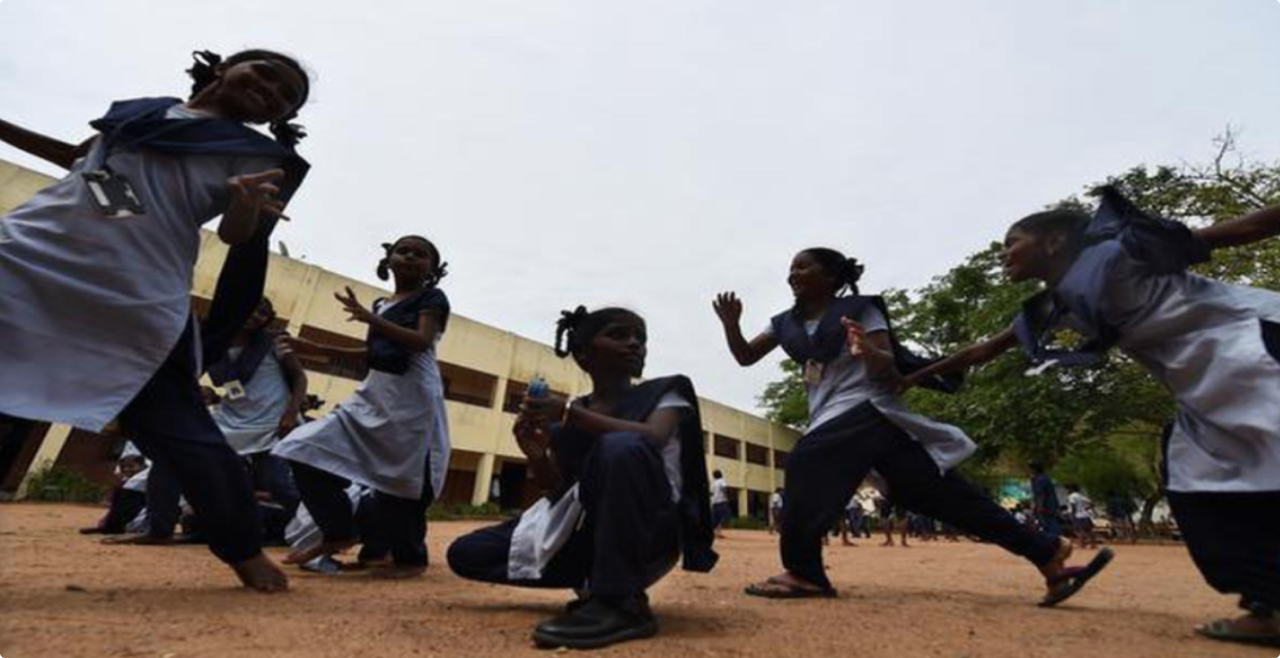The Hindu - About Gnanodaya

At first, Sundar is a little shy. His shirt is half untucked and he shuffles nervously, refusing initially to sit on the chair in the school playground. But ask the 13-year-old about his academic scores and he perks up instantly. Surrounded by a gaggle of schoolmates, Sundar leans forward on the chair and rattles off his marks—“51 (out of 60) in Science”, “44 in Tamil”. The weather is perfect, the children have just had a lunch of rice, sambar, rasam and a boiled egg, and they run off to play.
When Sundar’s mother Shanthi was his age, she had left her home to make a living sweeping the floor at a hospital where she was being simultaneously treated. She had been diagnosed with leprosy at at the age of eight. “I had to leave home. Who would marry my siblings if I stayed?” she asks. She had stopped school at Class V. Today, the family—Shanthi and three of seven children—lives behind the school in the St. John’s Leprosy Patients Rehabilitation Association Colony, set up nearly 20 years ago. This is one of around 40 such colonies in Tamil Nadu.
